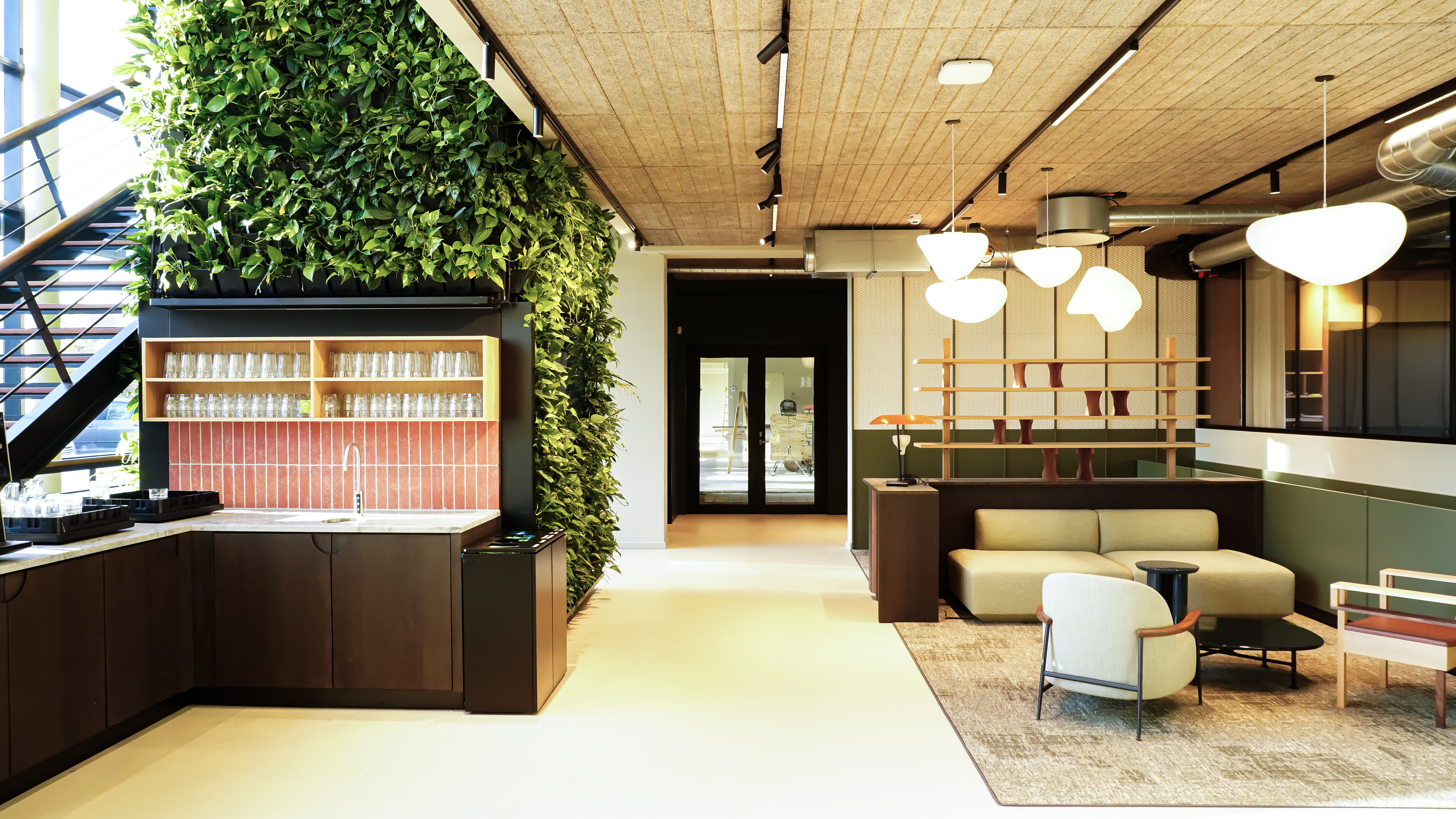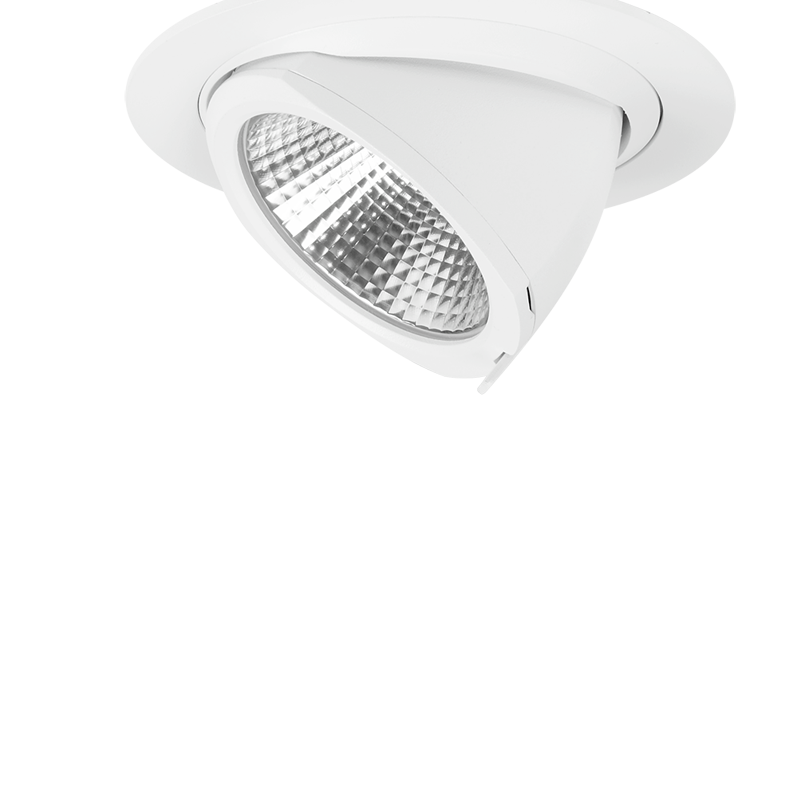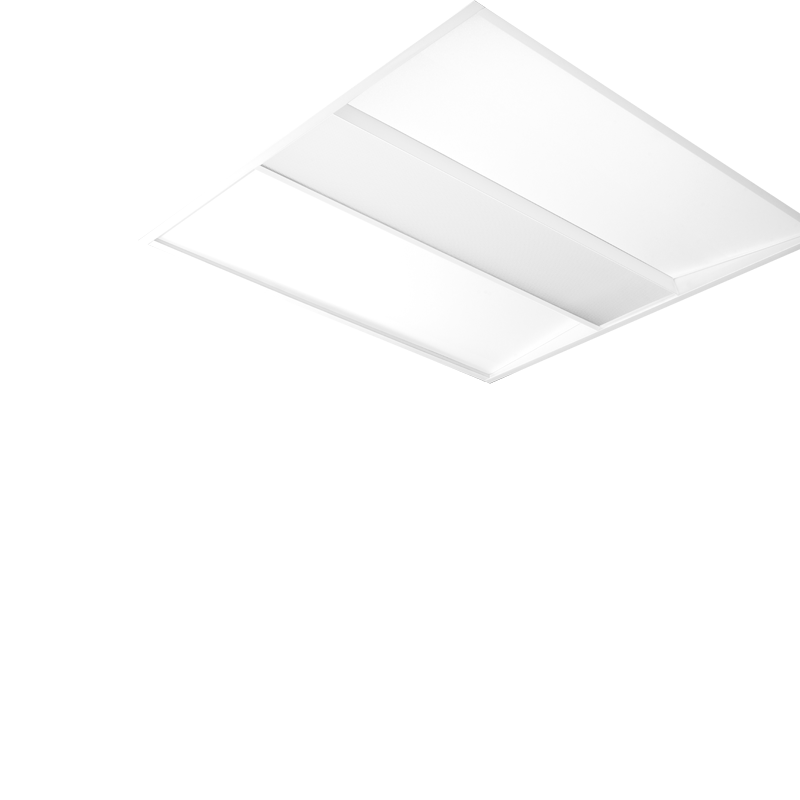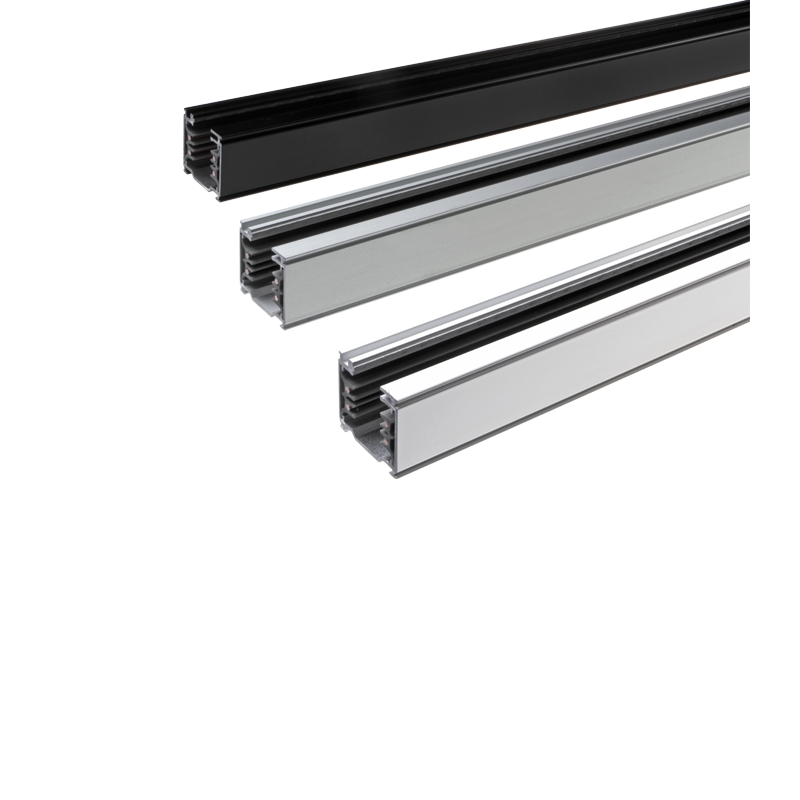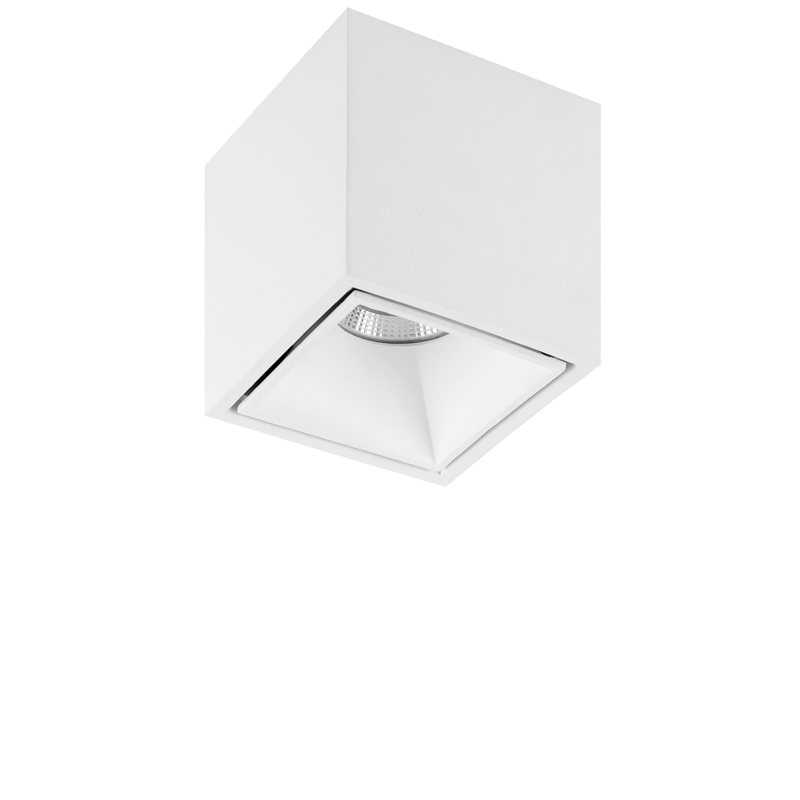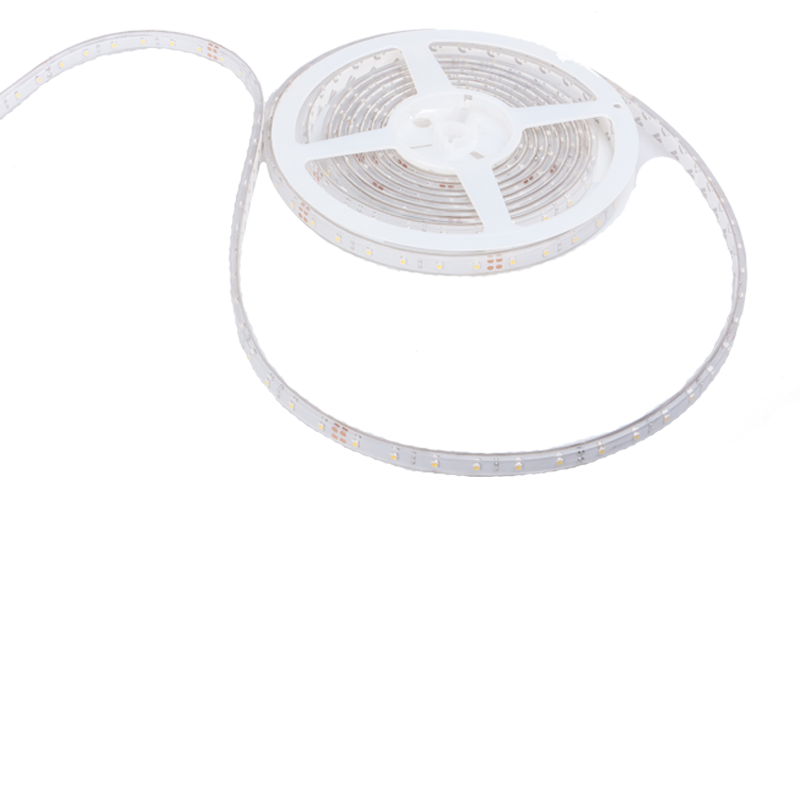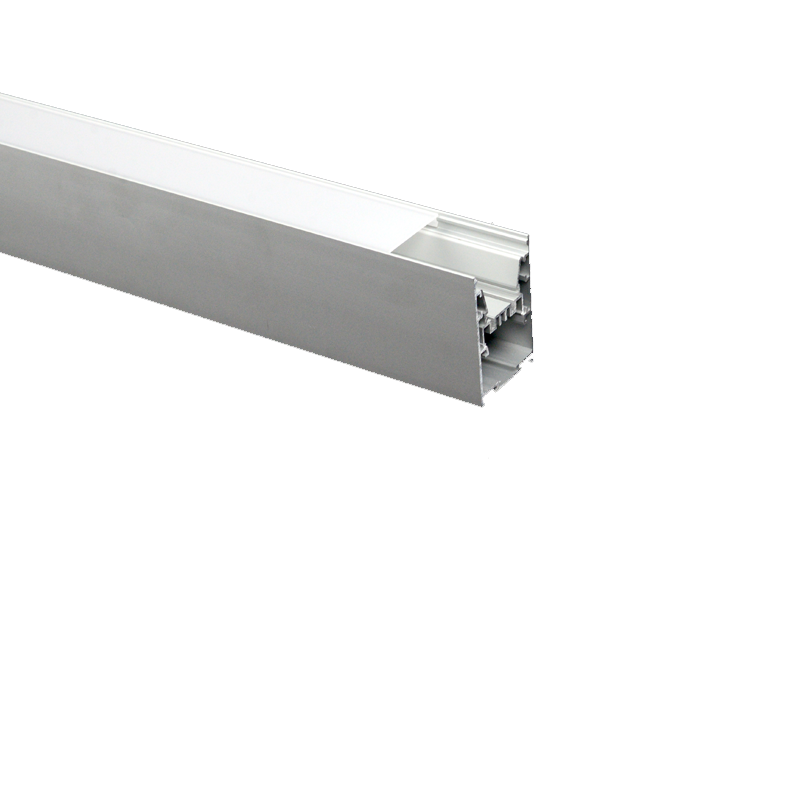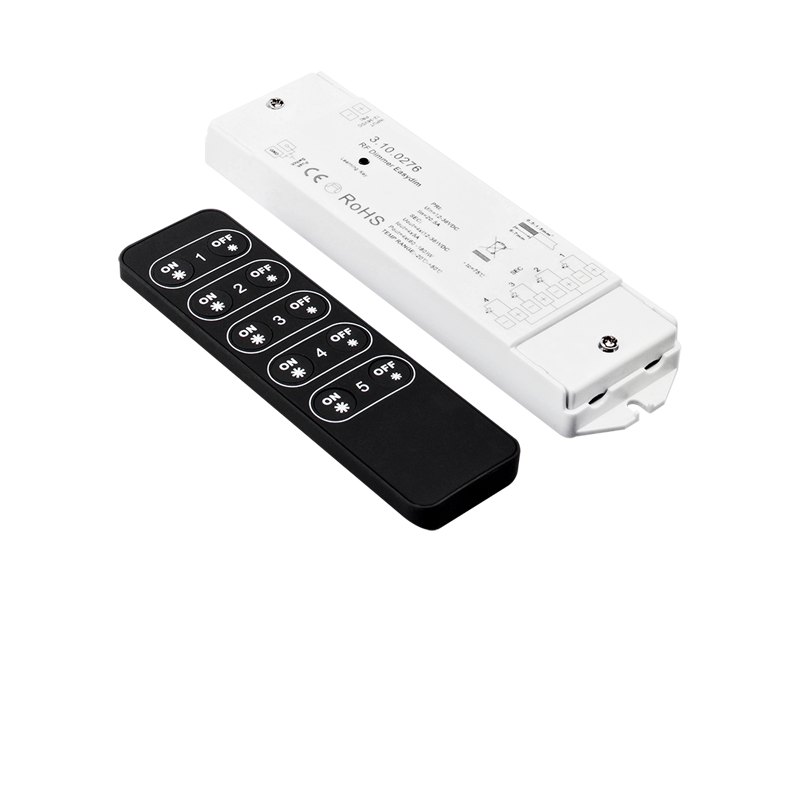Achieving the WELL-building standard with lighting

In today's world, where the well-being of people is increasingly central, the WELL Building Certification program has emerged as a leading standard for designing and constructing healthy buildings. In this blog post, we delve into the essence of the WELL certificate, the main categories it focuses on, and why it plays a crucial role in the evolution of the construction industry.
WELL-building standard
Background of the WELL Building Certification
The WELL Building Certification program was developed by the International WELL Building Institute (IWBI). This institute aims to create healthier and more supportive buildings through scientifically grounded guidelines. The program emphasizes the impact of the built environment on the physical and mental health of users.
Categories of the WELL certificate
The WELL certificate focuses on various aspects of construction that affect the well-being of users. Some key categories include:
- Air quality: The program sets standards for indoor air quality, including ventilation, air purity, and prevention of contaminants.
- Water quality: It assesses access to clean drinking water and promotes water purity to ensure the health of users.
- Lighting: The WELL certificate establishes guidelines for natural and artificial lighting, aimed at optimizing lighting conditions for visual comfort and regulating the sleep-wake cycle.
- Nutrition: It encourages healthy eating habits by promoting the availability of healthy food and eating environments.
- Fitness: It encourages physical activity by designing spaces that promote movement and provide access to fitness facilities.
- Comfort: It focuses on thermal, acoustic, and ergonomic comfort to create a pleasant and productive environment.
- Mental well-being: It promotes stress reduction and mental well-being by designing spaces that support cognitive functions.
The Importance of the WELL certificate
Organizations striving for the WELL certificate not only emphasize their commitment to sustainability but also demonstrate a dedication to the well-being of their users. The certificate serves as a benchmark for buildings striving for health, comfort, and productivity.
The WELL Building Certification program represents a critical step towards a health-focused approach to construction. It emphasizes the holistic relationship between the built environment and users, providing a standardized framework to promote healthy construction practices. As we evolve towards a future where well-being is central, the WELL certificate plays a leading role in defining standards for the construction industry.
Contribute with lighting
Lighting plays a pivotal role in meeting the WELL Building Standard owing to its direct influence on the well-being and health of building occupants.

Regulating the sleep-wake cycle with lighting
Thoughtfully designed lighting systems can regulate the sleep-wake cycle by employing dynamic lighting techniques. This involves adjusting the color temperature and intensity of light throughout the day to mimic natural day-night rhythms, essential for fostering a healthy sleep pattern.
Enhancing visual comfort
Proper lighting fosters visual comfort by delivering uniform illumination without causing glare or flicker. This helps alleviate eye strain and ensures a comfortable visual environment conducive to work, study, or other activities.
Boosting productivity and performance
Effective lighting can heighten productivity and performance by increasing alertness and reducing fatigue. This is particularly crucial in work and educational settings, where well-balanced and adequately bright lighting promotes concentration and focus.
Supporting eye health
Lighting configurations can be tailored to support eye health, such as minimizing exposure to harmful blue light or adjusting light levels to mitigate eye fatigue during prolonged use of digital screens.
Promoting emotional well-being
Leveraging natural light and creating visually pleasing lighting environments can enhance emotional well-being and cultivate feelings of comfort and contentment among occupants.
Technical specs to check:
Color Temperature: Color temperature refers to the warmth or coolness of light, measured in Kelvin (K). For indoor environments, lighting with a color temperature around 2700K to 4000K is often recommended to create a comfortable and inviting atmosphere while supporting visual acuity.
Lighting Uniformity: Lighting uniformity ensures that light levels are consistent across a space, minimizing glare and providing a comfortable visual environment for occupants. Uniform lighting distribution can be achieved through the careful placement and design of lighting fixtures.
Glare Control: Glare occurs when excessively bright light sources cause discomfort or reduce visibility. Utilizing fixtures with appropriate shielding and glare-reducing features can help minimize glare and improve visual comfort.
Flicker-Free Lighting: Flicker, the rapid fluctuation of light intensity, can lead to eye strain, headaches, and other discomforts. Selecting lighting fixtures with minimal flicker and high-quality drivers can help ensure a stable and flicker-free lighting environment.
Color Rendering Index (CRI): CRI measures the ability of a light source to accurately render colors compared to natural daylight. Higher CRI values (typically above 80) indicate better color rendition, which is essential for tasks requiring accurate color perception, such as design work or healthcare settings.
Lighting Controls: Implementing lighting controls, such as Casambi dimmers, occupancy sensors, and daylight harvesting systems( such as Bioup and Tunable white), allows for greater flexibility and energy efficiency while meeting occupants' needs for lighting levels and preferences.
Sustainability and Energy Efficiency: Choosing energy-efficient lighting technologies, such as LED fixtures, can contribute to reducing energy consumption and environmental impact while still meeting lighting requirements for WELL certification.
Our public and office solutions
By adhering to lighting guidelines outlined within the WELL certification program, buildings can establish a healthy and supportive lighting environment that positively impacts the well-being and health of occupants, thereby contributing significantly to achieving the WELL Building Standard.
Download Public and Office Brochure
Professional advice for optimal results:
Are you aiming to meet this standard in the future, or is it a mandatory requirement for you? Either way, we're here to support you every step of the way. That's why we've developed specialized solutions for offices and public spaces. If you'd like to explore these further, download our brochures or reach out to us for more information. We're dedicated to helping you create environments that prioritize health and well-being for all.
Ask your questions or schedule your appointment!.png)
.png)

Want to read more? Related posts and articles
How do you make a working environment move seamlessly with the people who work there? That was the challenge for an investment company in Copenhagen. With a renovation, they wanted to transform their office into a modern, flexible workplace that is not only efficient and energy efficient, but...
Refit projects are sustainable solutions that retain existing lighting fixtures while only replacing the LED light sources and drivers. Sustainability is important, but it’s also helpful to understand what a sustainable choice means for your finances. Refit projects offer an excellent...
Lighting plays a crucial role in defining the atmosphere and functionality of a space. Whether it’s in hospitality, offices, or retail, the right lighting contributes to a professional and inviting ambiance. From this foundation, further steps are taken to combine aesthetics and comfort in a thoughtful design.
Nijverheidsweg 2
2421 LR Nieuwkoop
Netherlands
+31 (0)172 574500
+31 (0)172 574592
info@lumiparts.nl
Route via Google Maps
